This past weekend a fellow Photographer and I went to Antelope Island. First we went looking for the Burrowing Owls, but they weren’t very active and the owls that were active were a little too far for our lenses. So we decided to head to Garr Ranch to see what we could find.
We ended up at the spot where several hummingbirds were feeding on Rocky Mountain Bee Plants. It looked like there was a Black-Chinned among them, but the Rufous Hummingbirds were all I was able to photograph.
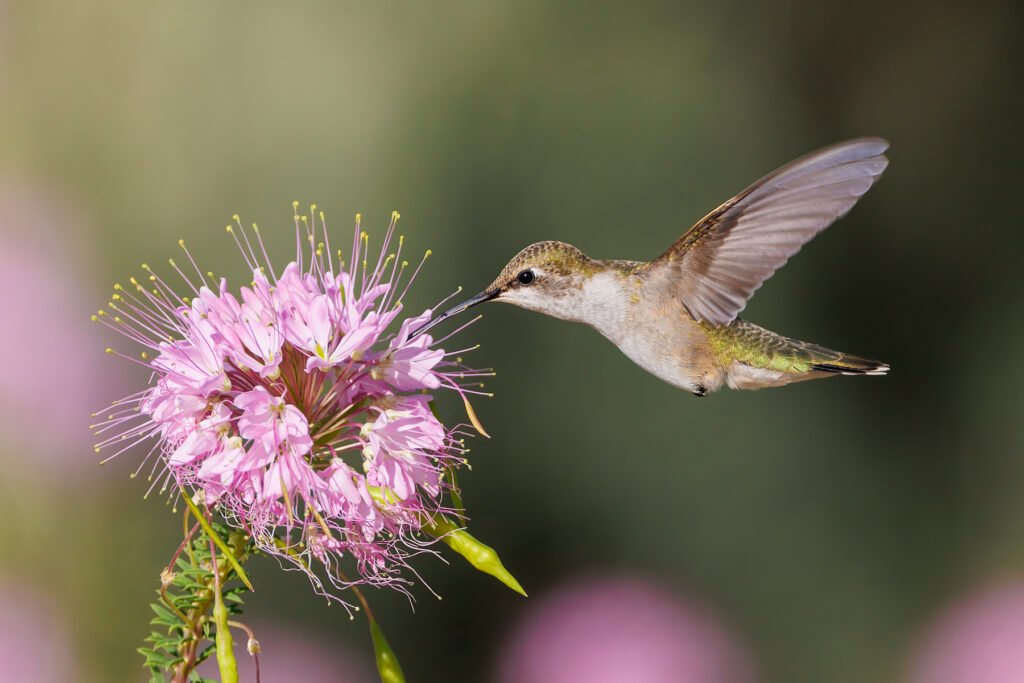
Photographing hummingbirds requires a fast shutter speed and frames per second to get the right shot. Even in all of the shots shared in this post, there is still movement in the wings. Most of the images were taken at a shutter speed of 1/2000 of a second. I would have had to increase the ISO much higher to have the wings frozen in time.
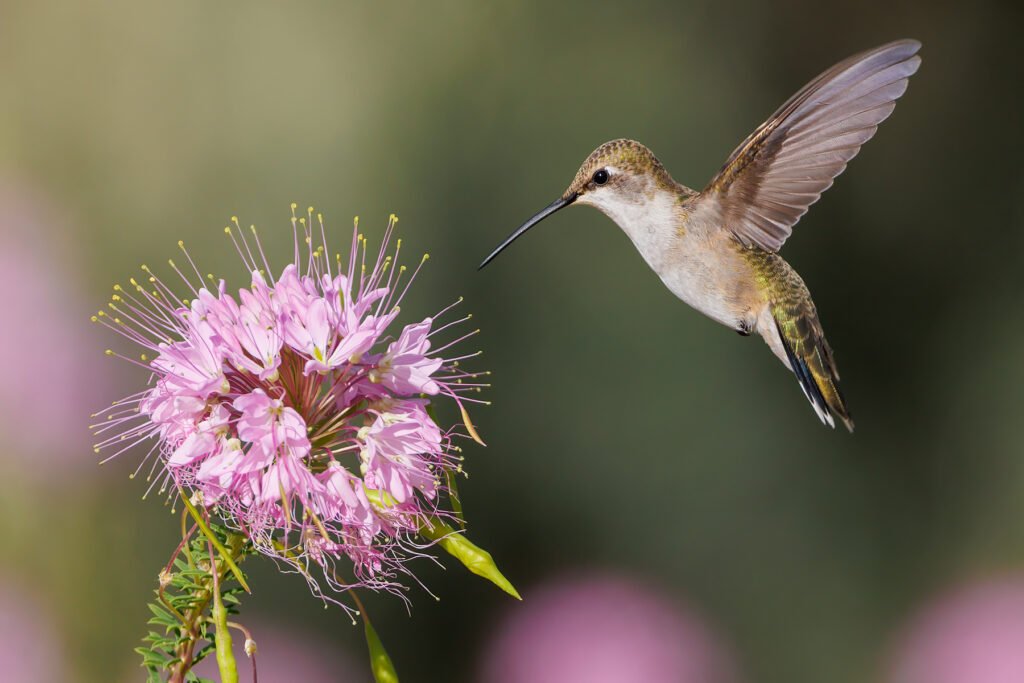
The R6 has the option of using mechanical or electronic shutter, with electronic shutter giving you 20fps and mechanical shutter 12fps. I’ve been shooting everything in electronic shutter, but have noticed issues with the camera not focusing and freezing for seconds at a time. Yesterday’s time with the hummingbirds brought out those issues frequently so I missed several shots. Luckily, I haven’t noticed any, “rolling” of the shutter in any of the images, which came close to 2,000.

I also used the Canon Extender RF1.4x the entire time. As a result, all of the images were at F10; but surprisingly the background doesn’t look bad and the details are sharp. I tried to focus on hummingbirds that would give a cleaner background.
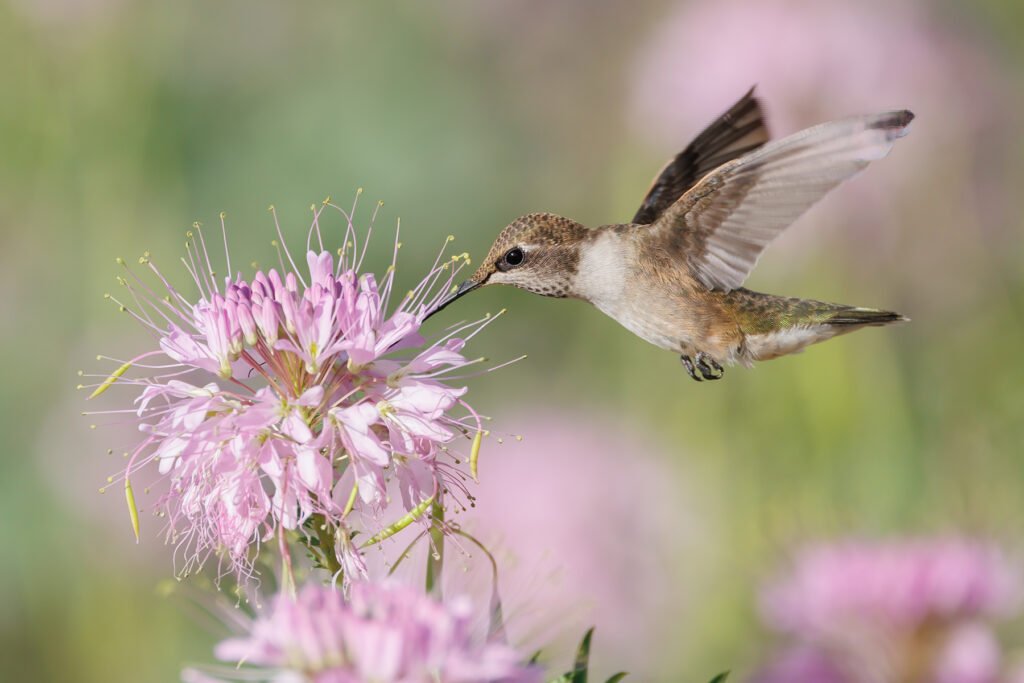
What’s interesting about Hummingbirds (that I never noticed before) is that when they feed, they will go around the plant before flying to another one. Hummingbirds can flap their wings at 70 wing beats per second! According to the National Audubon Society, that’s over 4,000 beats per minute!
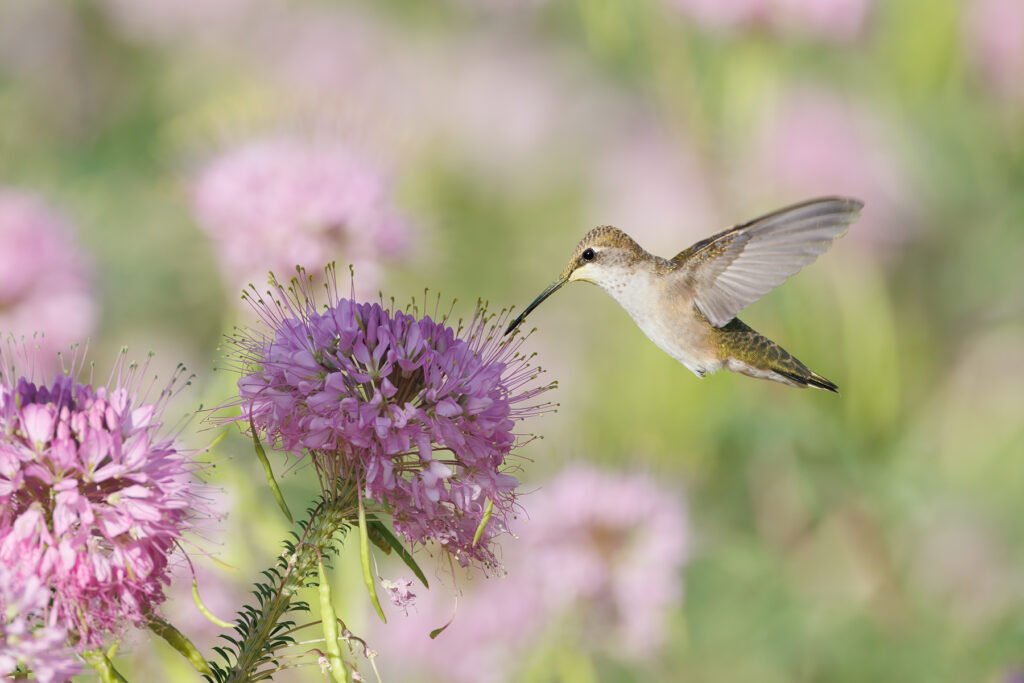
Overall, this was the best experience I’ve had photographing hummingbirds, even if they were all of the same specie. It’s amazing that these small birds can travel up to 2,000 miles, twice a year and winter in Central America or Mexico.

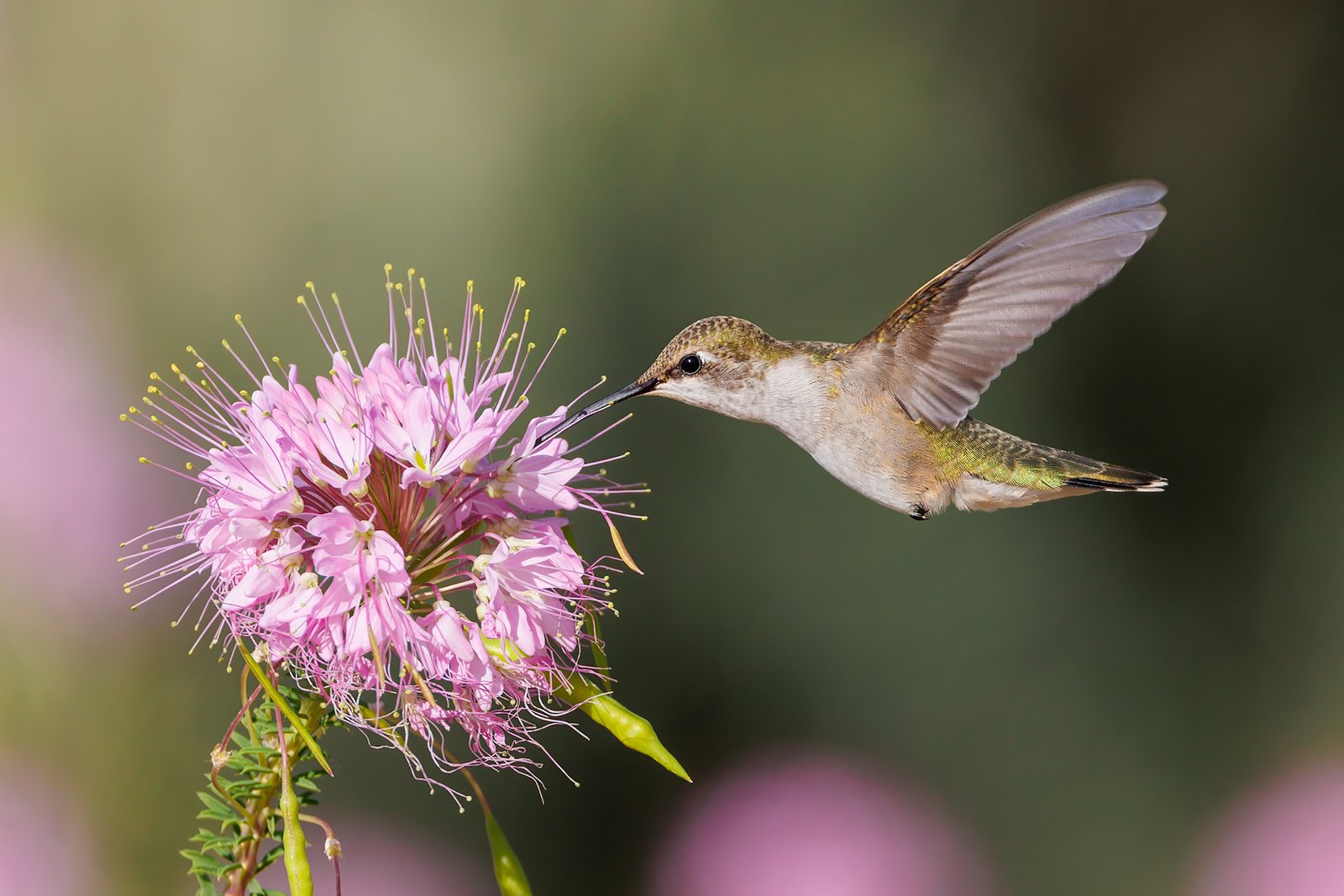
Leave a reply